Talk Overview
In Part 1, Marder introduces us to central pattern generators (CPGs), the circuits in the nervous system that control rhythmic movements such as walking or breathing. She goes on to explain that the stomatogastric nervous system from crustaceans is an excellent model system for studying CPGs, in part, because the connectivity of all the major neurons is known. Using the stomatogastic system, Marder and colleagues have asked how rhythmic circuits are generated and maintained over the life of the animal.
From early in her career, Marder wanted to understand the effect of all of the different neuropeptides and neuromodulators on a simple nervous system. In Part 2, she explains that the stomatogastric nervous system is influenced by many, many neuropeptides and their effects can be profound. A single peptide or modulator can impact many cells, and each cell can respond to many modulators, resulting in a finely tuned circuit.
In Part 3 of her talk, Marder addresses the question of how a nervous system and the circuits that are formed when an animal is an infant or juvenile, remain stable throughout the animals life, even while the individual receptors and ion channels in a neuron are continually turning over.
Lastly, in Part 4, Marder describes current work in her lab looking at the variability of individuals within a species in the quest to understand how different the structure of normal healthy brains can be. Measurements of pyloric rhythms in a population of animals has shown that there is a range of “normal” circuit activity and even circuits with similar activity may be the result of very different input parameters.
Speaker Bio
Eve Marder

Eve Marder received her B.A. from Brandeis University and her Ph.D. from the University of California, San Diego. She was a post-doctoral fellow at the University of Oregon and at the École Normale Supérieure in Paris. Marder returned to Brandeis in 1978 where she is now Head of the Division of Science, and Professor of… Continue Reading
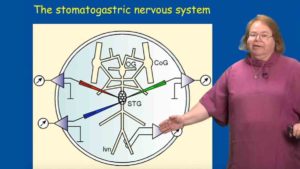
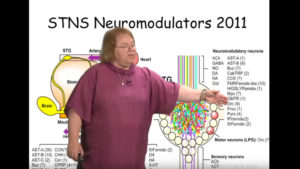
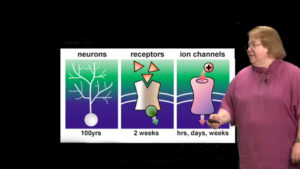
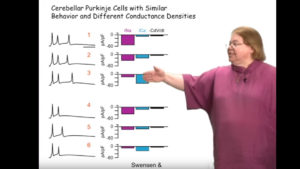

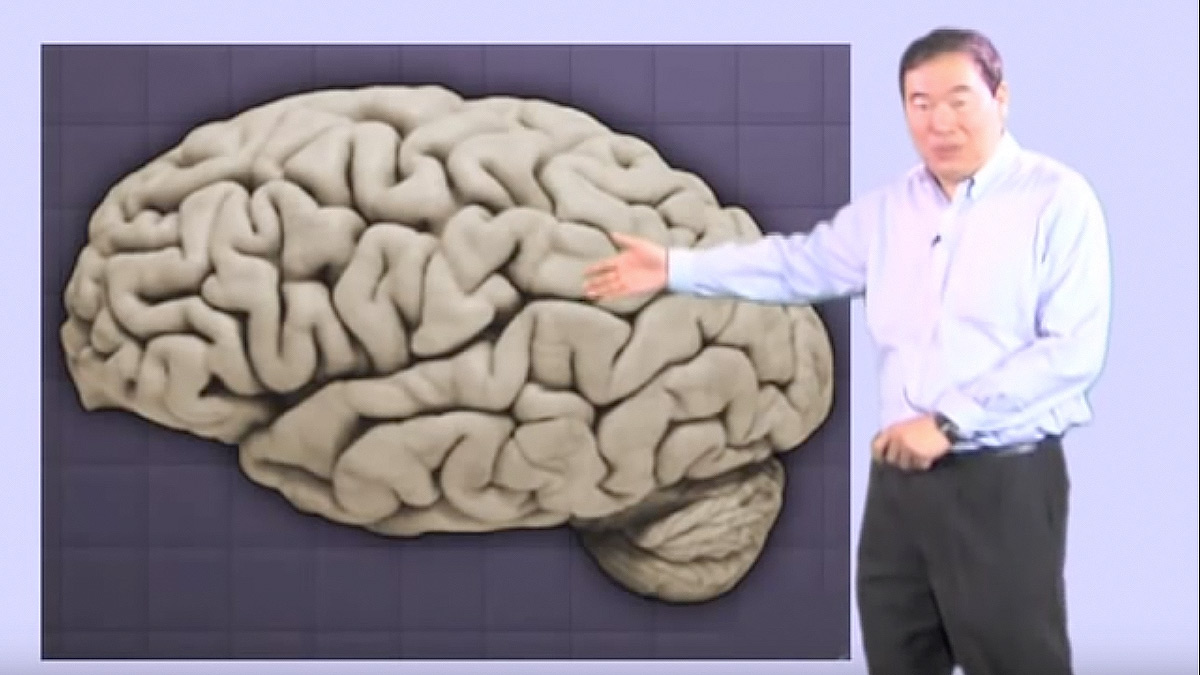







Leave a Reply